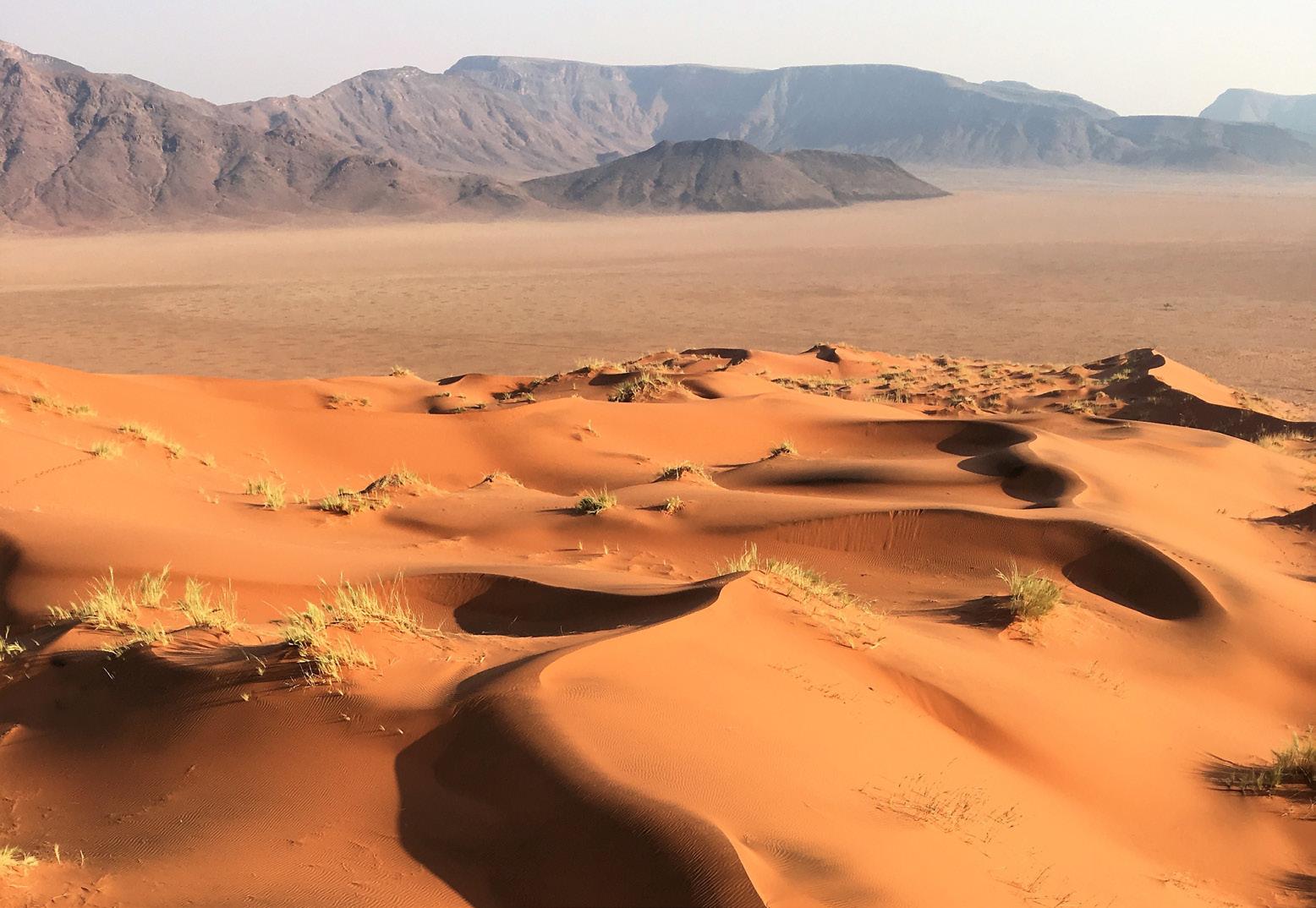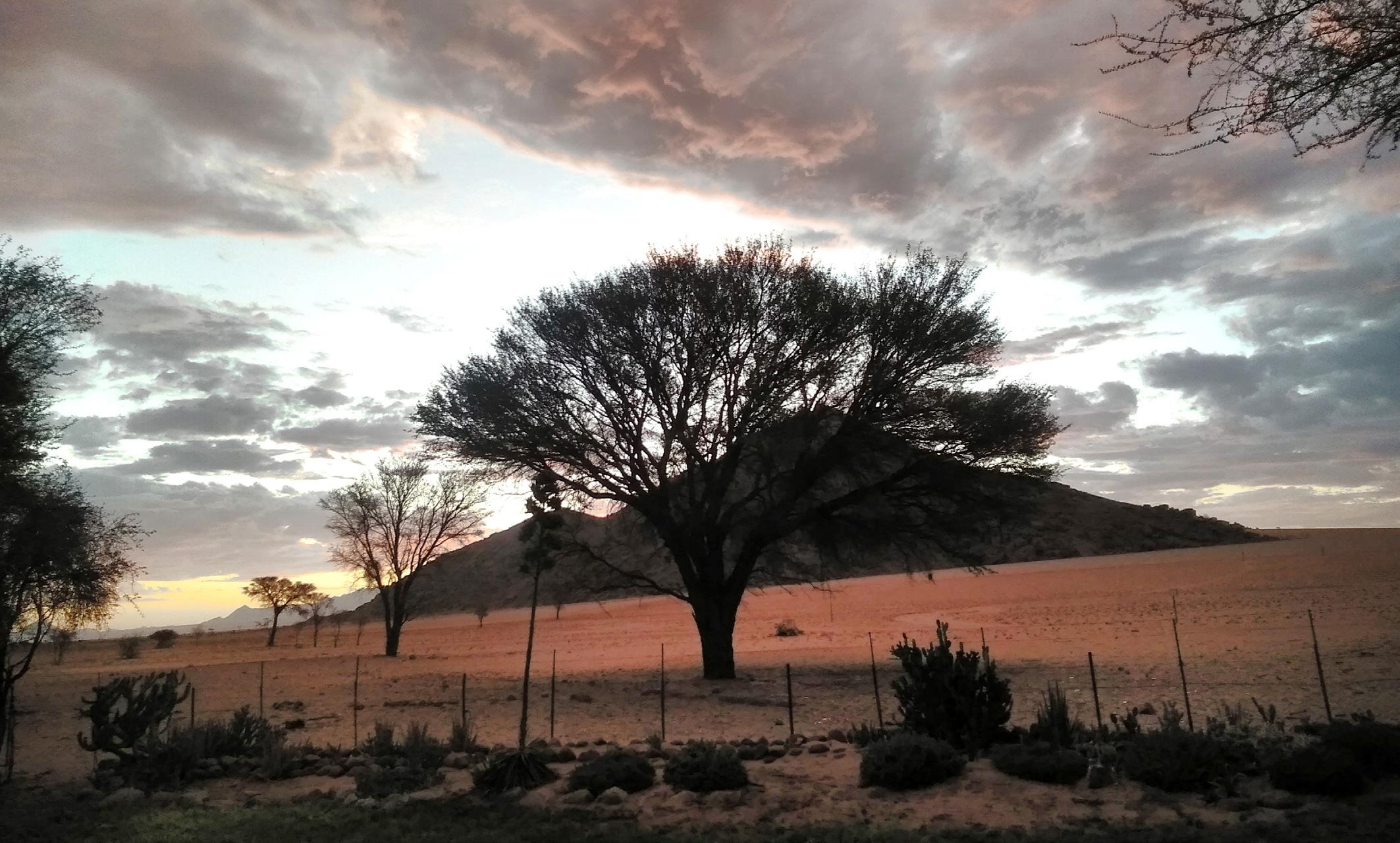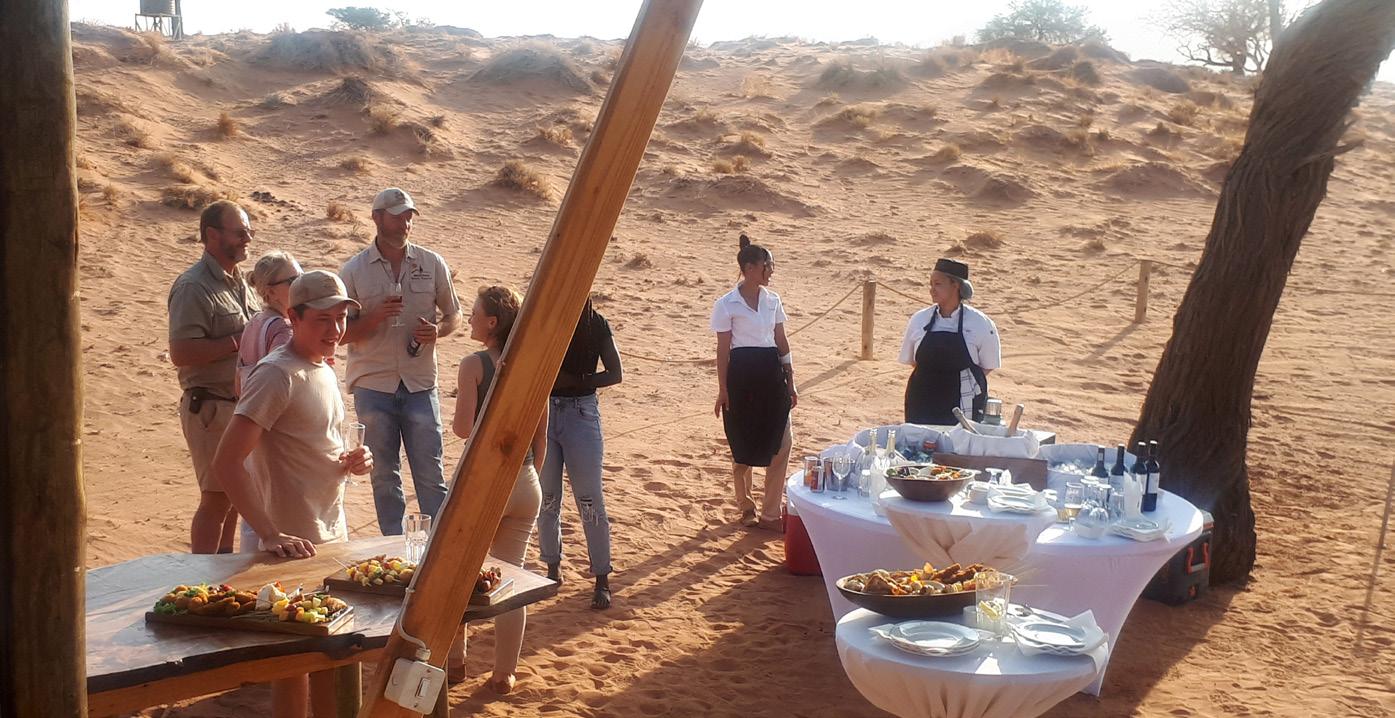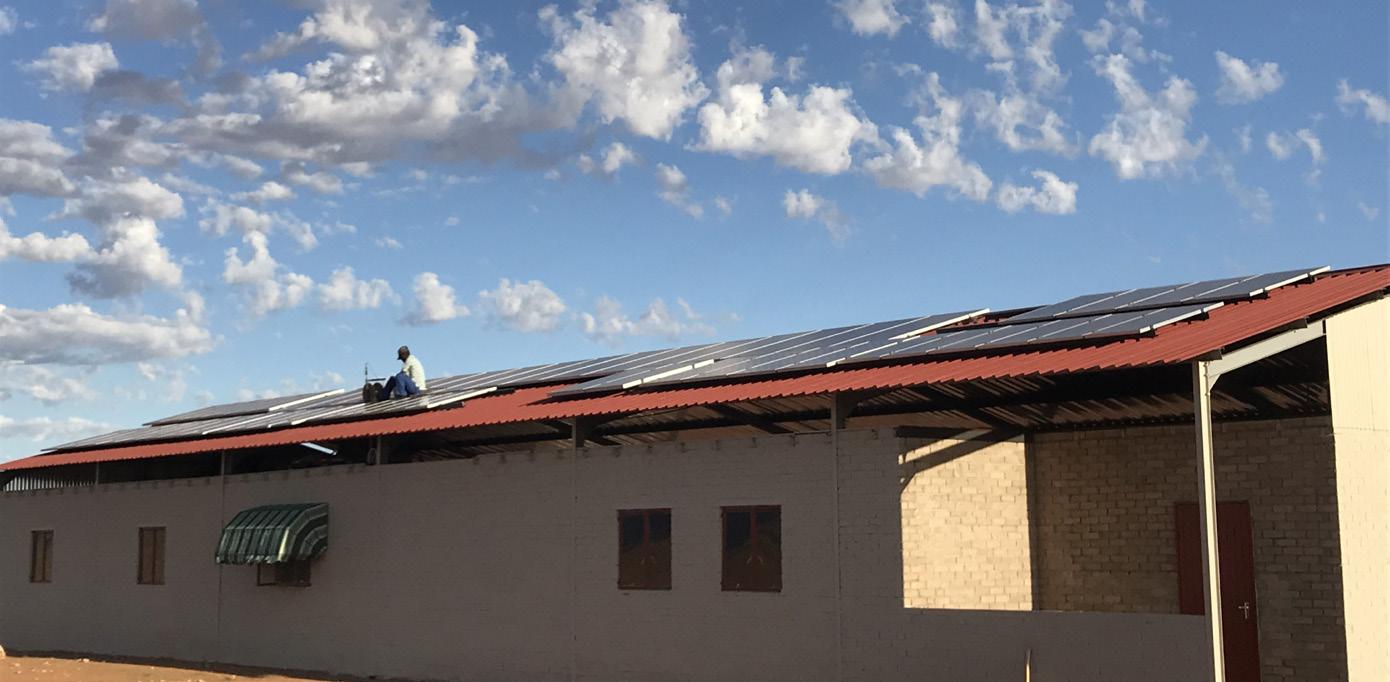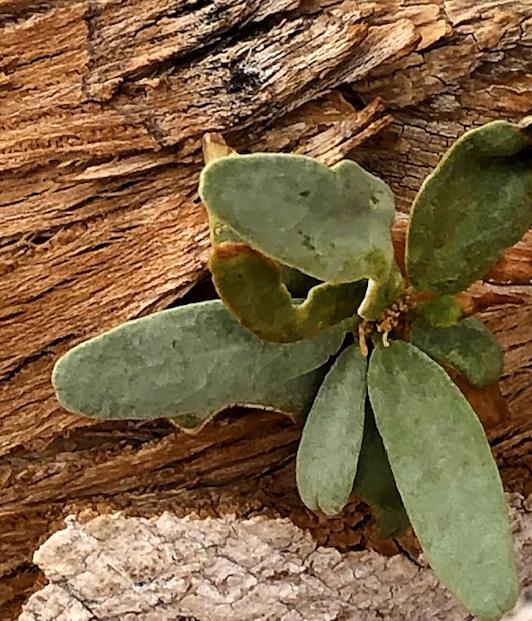
2 minute read
WORD FROM THE WARDEN
A WORD FROM THE WARDEN
Those of us at NamibRand who are not directly involved with tourists are no strangers to isolation. It is not unusual for us to go months without seeing anyone other than the small team with which we work. What makes this easier is the fact that there is an enormous Reserve of over 205,000ha that we can traverse without any danger of infringing on any social distancing protocols. While there will undoubtedly be some hard times in the months ahead as the visitors come to an abrupt halt and put severe strain on the finances of the Reserve, we can take heart in the fact that we are not confined to small apartments with few opportunities to go outside. We are certainly in an incredibly fortunate position and our thoughts go out to any who find themselves in more trying circumstances.
Advertisement
While disaster circles the globe, we have our own ongoing disaster closer to home. It now seems that the Reserve will again receive insufficient rainfall to consider the drought broken. This will now be the eighth year that the has been less than 100mm across the Reserve. There have been some isolated rains in places across the Reserve throughout the wet season and some splendid flushes of green that followed. Some early rains in the Moringa Valley at the beginning of December caused the river there to flow with water nearly reaching as far as Kwessie Dunes Lodge which was still under construction at the time. The resulting flush of grass was enough to bring herds of Burchell’s zebra back from north of the Reserve as well as large groups of oryx and springbok. However, the lack of any follow-up rain meant that the grazing was fairly quickly exhausted and the animals were forced to move on. Some rainfall against the mountains around Toekoms and Verweg in January provided a respite of a few weeks before that grazing too was depleted. Fortunately, a few good showers around NamibRand Family Hideout, Horseshoe, DDR waterhole and into the Erioloba forest are covered in beautiful green grass as the result of rain at the end of January and beginning of February. In some places the grass is over knee height and understandably vast numbers of animals have gathered in these areas. Hopefully this grass will last a few more months as the forecast for the last month of the wet season is not very promising.
Our hope is that we receive some good late rains, the COVID-19 pandemic is quickly contained and the world can bounce back as soon as possible.

